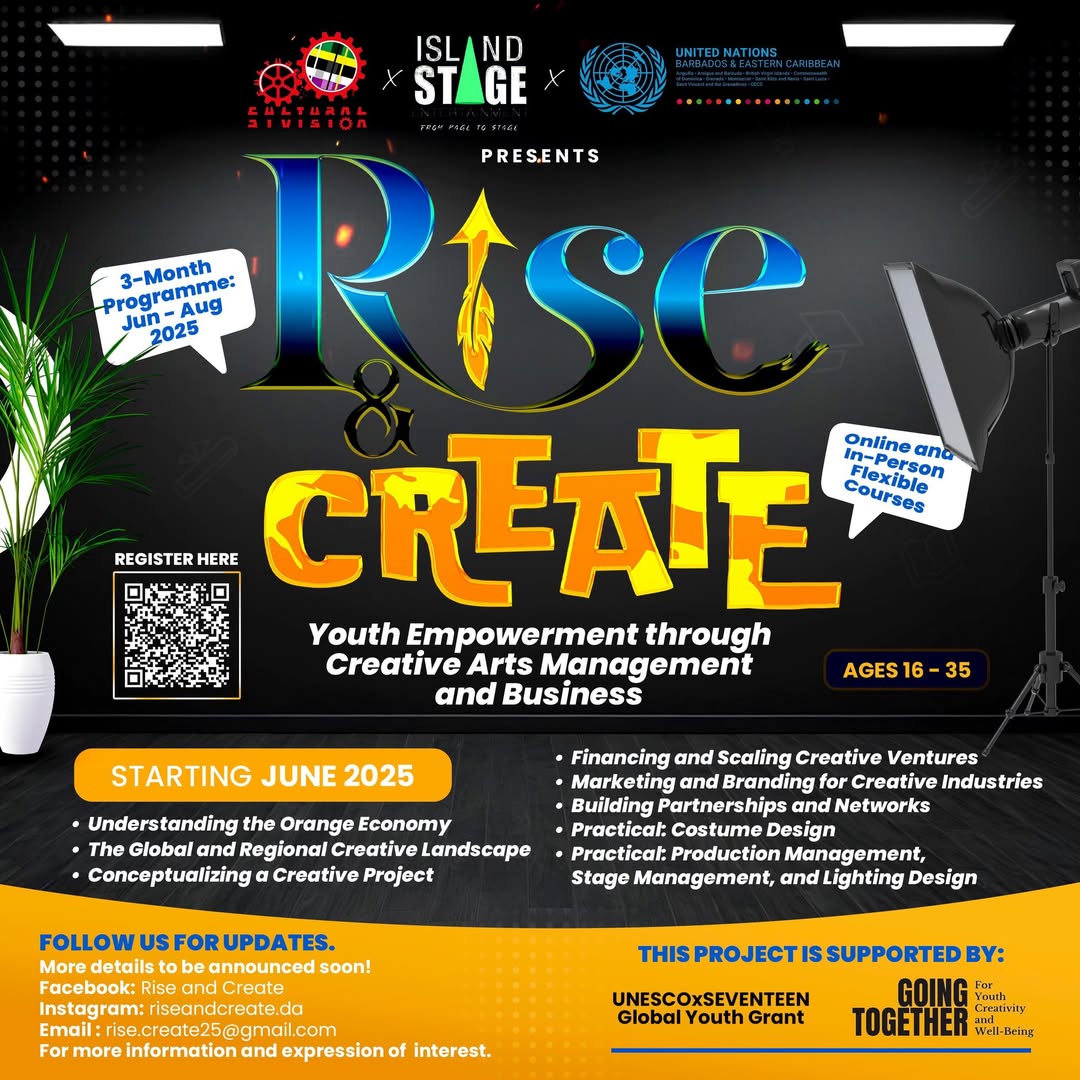
Nairobi, 21 October 2021 – A drastic reduction in unnecessary, avoidable and problematic plastic is crucial to addressing the global pollution crisis, according to a comprehensive assessment released today by the UN Environment Programme (UNEP). An accelerated transition from fossil fuels to renewable energies, the removal of subsidies and a shift towards circular approaches will help reduce plastic waste at the needed scale.
From Pollution to Solution: a global assessment of marine litter and plastic pollution shows that there is a growing threat in all ecosystems from source to sea. It also shows that while we have the know-how, we need the political will and urgent action by government to tackle the mounting crisis. The report will inform discussions at the UN Environment Assembly (UNEA 5.2) in 2022, where countries will come together to decide a way forward for global cooperation.
Plastic pollution leakage into aquatic ecosystems has grown sharply in recent years and is projected to more than double by 2030, with dire consequences for human health, the global economy, biodiversity and the climate.
The assessment, released 10 days ahead of the COP26, emphasizes that plastics are a climate problem as well: Using a life cycle analysis, 2015 greenhouse gas emissions from plastics were 1.7 gigatonnes of CO2 equivalent (GtCO2e), and are projected to increase to approximately 6.5 GtCO2e by 2050, or 15 per cent of the global carbon budget.
The authors pour cold water on the chances of recycling our way out of the plastic pollution crisis. They warn against damaging alternatives to single-use and other plastic products, such as bio-based or biodegradable plastics, which currently pose a chemical threat similar to conventional plastics.
The report looks at critical market failures, such as the low price of virgin fossil fuel feedstocks compared to recycled materials, disjointed efforts in informal and formal plastic waste management, and the lack of consensus on global solutions.
“This assessment provides the strongest scientific argument to date for the urgency to act, and for collective action to protect and restore our oceans from source to sea,” said Inger Andersen, Executive Director of UNEP. “A major concern is the fate of breakdown products, such as microplastics and chemical additives, many of which are known to be toxic, and hazardous to both human and wildlife health, and ecosystems. The speed at which ocean plastic pollution is capturing public attention is encouraging. It is vital that we use this momentum to focus on the opportunities for a clean, healthy and resilient ocean.”
The report highlights that plastic accounts for 85 per cent of marine litter and warns that by 2040, volumes of plastic pollution flowing into marine areas will nearly triple, adding 23-37 million metric tons of plastic waste into the ocean per year. This means about 50kg of plastic per meterof coastline worldwide.
Consequently, all marine life – from plankton and shellfish to birds, turtles and mammals – faces the grave risk of toxification, behavioral disorder, starvation and suffocation. Corals, mangroves and seagrass beds are also smothered by plastic waste preventing them from receiving oxygen and light.
The human body is similarly vulnerable on multiple fronts to plastic pollution in water sources, which could cause hormonal changes, developmental disorders, reproductive abnormalities and cancer. Plastics are ingested through seafood, drinks and even common salt; they penetrate the skin and are inhaled when suspended in the air.
Marine litter and plastic pollution also significantly affect the global economy. The economic costs of marine plastic pollution with respect to its impacts on tourism, fisheries and aquaculture, together with other costs such as those of clean-ups, were estimated to be at least USD 6-19 billion globally in 2018. It is projected that by 2040 there could be a USD 100 billion annual financial risk for businesses if governments require them to cover waste management costs at expected volumes and recyclability. High levels of plastic waste can also lead to a rise in illegal domestic and international waste disposal.
The assessment calls for the immediate reduction of plastics and encourages a transformation across the whole plastic value chain. Further investments need to be made in far more robust and effective monitoring systems to identify the sources, scale and fate of plastic and the development of a risk framework, which is currently missing on a global level. Ultimately, a shift to circular approaches is necessary, including sustainable consumption and production practices, accelerated development and adoption of alternatives by businesses and increased consumer awareness to enable more responsible choices.
About the Clean Seas Campaign
The United Nations Environment Programme launched the Clean Seas Campaign in 2017 with the goal of galvanizing a global movement to turn the tide on plastic by reducing the use of unnecessary, avoidable and problematic plastics including single-use plastics and phasing out intentionally added microplastics. Since then, 63 countries have pledged to do their part to improve plastics management through, among other measures, reducing the prevalence of single-use plastic products. The campaign will now highlight source to sea issues and solutions and call for urgent global action.
The Campaign contributes to the goals of the Global Partnership on Marine Litter and the New Plastics Economy Global Commitment
About the United Nations Environment Programme (UNEP)
UNEP is the leading global voice on the environment. It provides leadership and encourages partnership in caring for the environment by inspiring, informing and enabling nations and peoples to improve their quality of life without compromising that of future generations.





